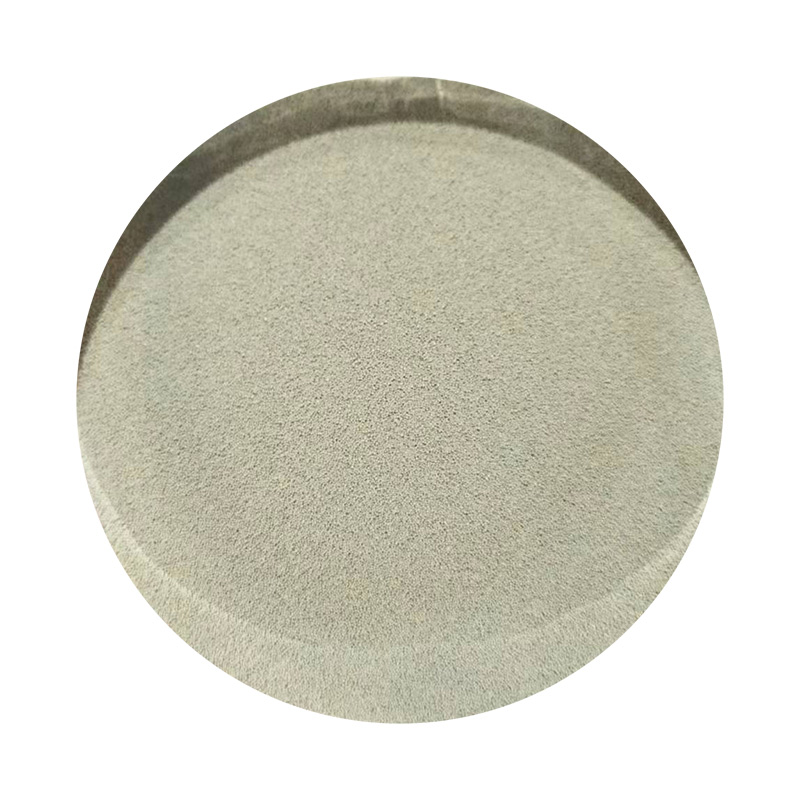

Trustworthiness in a product manufactured through metal sand casting is backed by rigorous quality checks and a deep understanding of failure modes. Within the realm of engineering, the ability to simulate conditions through software tools such as finite element analysis further enhances reliability. These tools predict potential stress points and allow for design adjustments before the costly production phase begins. Furthermore, employing non-destructive testing methods, such as ultrasonic testing or X-ray inspection, ensures the casting is free from internal defects like porosity or cracks. While the traditional nature of metal sand casting lends itself to a rich history of techniques and applications, modern technological interventions continue to elevate the process. Innovations like 3D printing have revolutionized pattern creation, enabling intricate and precise designs that were previously challenging. Additionally, advancements in furnace technology and metal alloys offer new possibilities for increased efficiency and material performance. In conclusion, metal sand casting stands as a testament to both historical craftsmanship and modern engineering marvel. Its persistent application across diverse industries underscores its enduring relevance. By merging artistry with scientific precision, it delivers products that meet stringent industrial demands. This fusion of experience, expertise, authority, and trustworthiness ensures that sand casting remains a favored choice for manufacturers and engineers globally. Post time:2 сар . 14, 2025 02:24
Next:low volume sand casting
